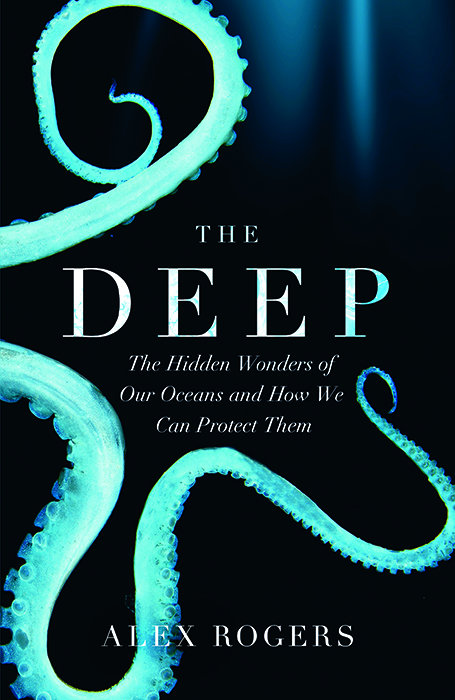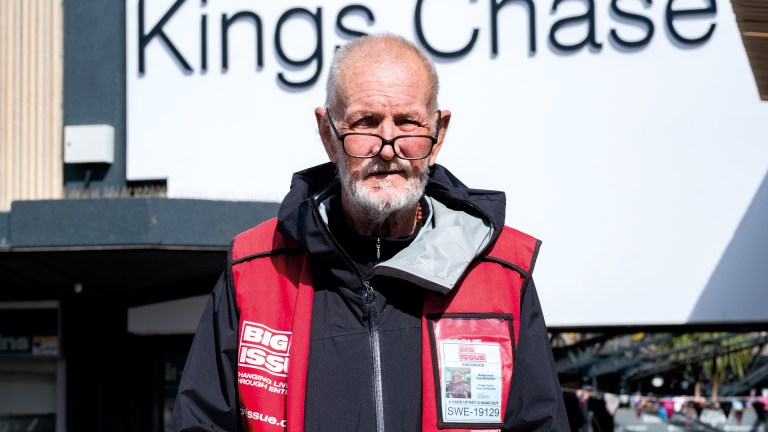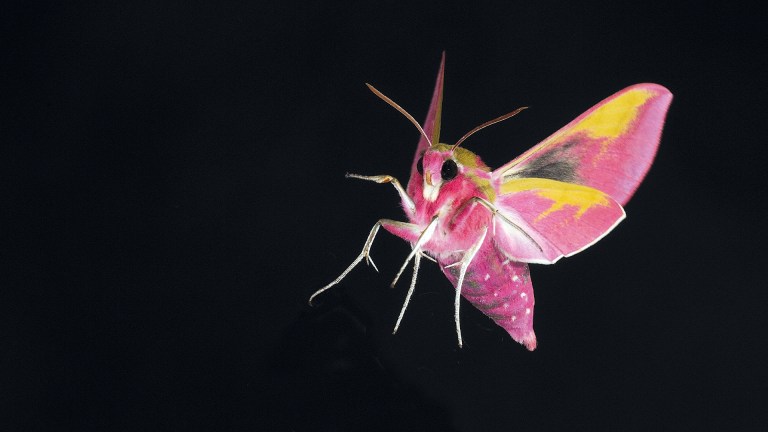The ocean is the largest ecosystem on Earth with a volume of 1.3 billion cubic kilometres of water and reaching nearly 11,000 metres in depth at its deepest point, the Challenger Deep in the Marianas Trench, in the western Pacific. This trench was first discovered by HMS Challenger in what many regard as the first modern oceanographic expedition, which set out from Sheerness in December 1872.
Since the Challenger expedition, we have learned much about the ocean, how it circulates, how it regulates the temperature, weather and atmospheric gases of the Earth and about the basic distribution of life within it. However, the further and deeper we go from the shore, the less we know. Only three people have visited the bottom of the Challenger Deep [including movie director James Cameron] compared to 12 who have visited the Moon. Much of the deep ocean we have never even seen, let alone studied, and we have mapped less than a fifth of the seabed.
Yet life thrives even at the greatest depths.
My own exploration of the ocean has taken me to the North Atlantic, the Indian Ocean and the Antarctic. I have dived to two miles below the surface of the Indian Ocean in a submersible that more resembled a space capsule than most people’s idea of a submarine. The absence of breathable air, extreme pressure and cold make the ocean a hostile place for human life, and the technological demands of exploring the deep make even the simplest scientific observations difficult. Yet life thrives even at the greatest depths.
The lights of the submersible on my dive revealed sheets of black basalt, cast into ropey piles as part of the process of creating new seabed. Everything was coated in a thin covering of bright white sediment, resembling pristine snow, and there to welcome me was a large red shrimp gently swimming up to investigate this alien visitor from above. It looked like another world, with no evidence that humans had ever been present.
Almost every time I have explored new places in the ocean the expedition has returned with many new species, everything from seaweeds to a new species of yeti crab that occurs in piles around hot springs in the deep Southern Ocean, known as hydrothermal vents. I have also seen evidence of the destruction humankind has brought to the ocean.
On underwater mountains in the Indian and Atlantic oceans, the cameras of remotely operated vehicles – robots we use to survey the sea floor – have revealed deep-sea coral reefs obliterated by bottom trawls. These have been deployed in the deep ocean hunting for species like the orange roughy, a fish that lives for 150 years and unsurprisingly has proved vulnerable to overfishing. Some deep-sea corals have been found to live for over 4,000 years and one sponge to 11,000 years old: they are slow growing and slow to reproduce, so the ability of such ecosystems to recover from fishing damage is very limited.










